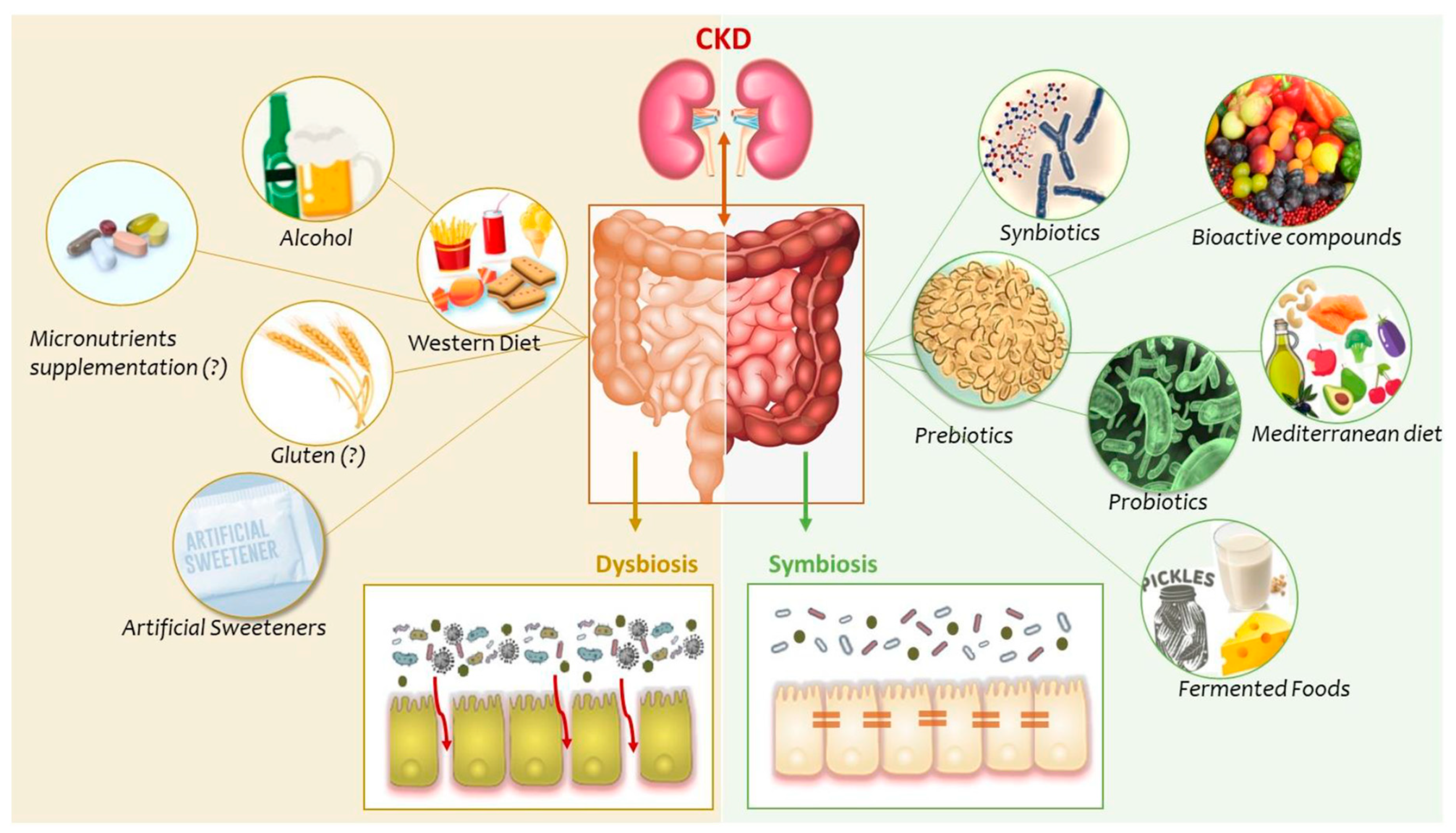CRISPR-Cas9 technology has revolutionised the field of gene editing and has significant potential for advancements in human medicine. The technology has been used to treat genetic diseases, including sickle cell anaemia and hereditary blindness, by correcting mutations in the DNA sequence.
CRISPR-Cas9
CRISPR-Cas9 has also been used to develop cancer therapies by targeting specific genes that promote tumour growth. The technology’s precision and versatility have made it a promising tool for developing personalised medicine, where treatments can be tailored to an individual’s genetic makeup. However, there are still challenges to overcome, such as the need for efficient and safe delivery methods and minimising off-target effects. Additionally, ethical concerns surrounding the use of CRISPR-Cas9 in human medicine, such as the potential for unintended consequences and the creation of “designer babies,” must be addressed. Despite these challenges, the potential benefits of CRISPR-Cas9 in human medicine are significant, and ongoing research is focused on developing safe and effective therapies for a range of diseases.
What is crispr gene editing and how does it work ?
CRISPR (Clustered Regularly Interspaced Short Palindromic Repeats) is a revolutionary gene editing tool that allows scientists to make precise changes to an organism’s DNA. It was initially discovered as a component of bacterial immune systems, where it cuts the DNA of invading viruses and disables them. The CRISPR system is composed of two key parts: a CRISPR-associated (Cas) nuclease, which binds and cuts DNA, and a guide RNA sequence (gRNA), which directs the Cas nuclease to its target. This technology acts as a pair of molecular scissors that can cut a target DNA sequence, allowing for the addition, removal, or alteration of specific genetic material. CRISPR is simpler, cheaper, and more precise than previous gene editing techniques, and it has a wide range of real-world applications, including curing genetic diseases and creating genetically modified crops. The technology has been used to edit DNA in various organisms, including humans, and has shown potential in clinical trials for treating genetic diseases. The discovery of CRISPR-Cas9 was a collaborative effort, with significant contributions from scientists such as Jennifer Doudna, Emmanuelle Charpentier, Feng Zhang, George Church, and Virginijus Siksnys. Their work has led to the rapid advancement and widespread adoption of CRISPR technology in research and potential therapeutic applications.
What are the different types of crispr gene editing
CRISPR gene editing technology has several different types, including the type I, II, V, and VI CRISPR systems. The type I CRISPR system is composed of multiple Cas proteins and is further divided into seven subtypes (I-A, I-B, I-C, I-D, I-E, I-F, and I-U) based on the number of cascade proteins and the repeat sequences. The type II CRISPR system is the most widely used and includes the Cas9 nuclease, which is guided by a single gRNA to cut DNA at a specific location. The type V CRISPR system includes the Cas12a nuclease, which is guided by a single gRNA to cut DNA at a specific location. The type VI CRISPR system includes the Cas13 nuclease, which is guided by a single gRNA to target RNA instead of DNA[. Each type of CRISPR system has unique features and applications, and ongoing research is focused on developing new and improved gene editing tools based on these systems.
What are some of the most promising applications of crispr in human medicine
CRISPR-Cas9 technology holds immense promise for addressing various medical conditions through gene editing. Some of the most promising applications of CRISPR in human medicine include:
- Treating monogenic diseases: CRISPR can correct point mutations responsible for inherited diseases such as sickle cell anemia, cystic fibrosis, and Tay-Sachs disease.
- Correcting chromosomal abnormalities: CRISPR can help correct large structural variations in the genome, such as those causing diseases like muscular dystrophy and certain forms of intellectual disability.
- Cancer immunotherapy: CRISPR can be used to engineer immune cells to recognize and destroy cancer cells, offering a more targeted form of immunotherapy.
- Neurological disorders: Researchers are exploring the use of CRISPR to treat neurological disorders such as Alzheimer’s disease, Parkinson’s disease, and Huntington’s disease.
- Cardiovascular diseases: CRISPR can be used to modify genes implicated in heart failure, arrhythmias, and atherosclerosis.
- Gene silencing and activation: CRISPR can be used to regulate gene expression, which may help treat diseases resulting from dysregulation of gene activity.
- Reducing drug resistance: CRISPR can be used to disable genes responsible for antibiotic resistance in bacteria, helping combat drug-resistant infections.
However, despite these promising applications, CRISPR technology faces several challenges, including off-target effects, delivery difficulties, and ethical considerations. Overcoming these obstacles will be crucial for realizing the full potential of CRISPR in human medicine.
CONCLUSION :
In conclusion, CRISPR-Cas9 technology represents a groundbreaking advancement in human medicine, offering potential treatments for genetic diseases, cancer, and various other medical conditions. Its precision and versatility hold promise for personalised medicine, although challenges such as delivery methods, off-target effects, and ethical considerations remain. Despite these hurdles, ongoing research and development efforts are focused on harnessing the full potential of CRISPR-Cas9 to improve human health and address unmet medical needs.
Citations:
[1] https://www.synthego.com/learn/crispr
[2] https://www.nih.gov/news-events/gene-editing-digital-press-kit
[3] https://innovativegenomics.org/what-is-crispr/
[4] https://theconversation.com/what-is-crispr-gene-editing-and-how-does-it-work-84591
[5] https://youtube.com/watch?v=2pp17E4E-O8
[6] https://www.nih.gov/news-events/gene-editing-digital-press-kit
[7] https://www.synthego.com/learn/crispr




